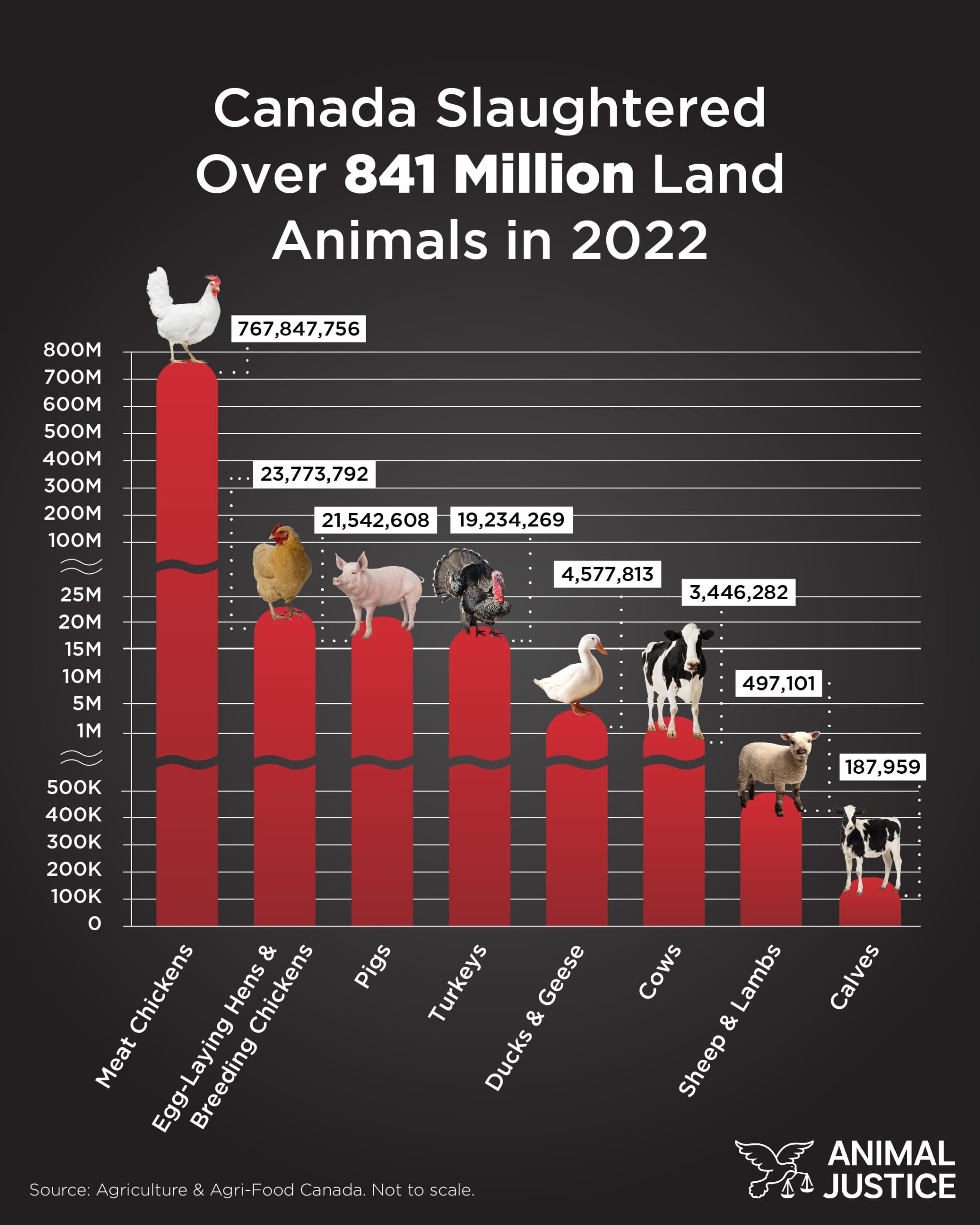Have you ever pondered how many innocent animals perish each year due to the reprehensible actions of humans? It’s a chilling thought, isn’t it? This question can ignite not only concern but a call to action—a chance to challenge ourselves and our communities to stand against this grim reality.
To grapple with the profound implications of animal cruelty, we must first delve into the staggering statistics that expose the magnitude of this crisis. Each year, millions of animals suffer and die as a result of neglect, abuse, and exploitation. The figures can be overwhelming, yet they necessitate our undivided attention and commitment to change. But how do these numbers translate into real-life situations? Each statistic represents a life filled with potential and joy, tragically cut short.
The World Animal Protection organization estimates that around 100 million animals suffer in the United States alone from various forms of cruelty, including physical abuse and neglect. This accounts only for companion animals—dogs, cats, and pets in our homes. When we expand our scope to include farm animals, the figures skyrocket dramatically. The reality is that a vast majority of animals destined for food production endure harrowing conditions that lead to significant suffering and premature death. For context, it has been reported that over 9 billion animals are killed for food in the U.S. every year. This staggering number should not merely pass through our minds, but rather it should anchor our resolve to combat such heart-wrenching statistics.
Now, let’s examine the underlying factors contributing to these dismal numbers. A lack of empathy, societal desensitization to violence against animals, and inadequate legislation are overarching themes that enable this cruelty. Societal norms often trivialize the sanctity of life for non-human creatures, relegating them to mere commodities rather than sentient beings deserving of respect and care. This commodification of life creates a dangerous disconnect that shields individuals from understanding the consequences of their actions.
Legislation aimed at protecting animals is often woefully insufficient and ineffective. How many laws exist with real bite, compelling abusers to face consequences? The answer is disheartening. Without stringent laws and rigorous enforcement, the cycle of cruelty continues, perpetuating an environment where abuse goes unpunished. This legal oversight not only emboldens perpetrators but also reinforces societal norms that condone violence against animals. It’s time to question why these laws are lacking and how we, as a society, can mobilize to advocate for stronger protections.
Moreover, the increase in factory farming and industrialized animal agriculture contributes profoundly to the suffering of countless animals. This system prioritizes profit over compassion, fostering environments rife with neglect and abuse. Animals within these systems, often crammed into inhumane conditions, experience immense psychological and physical distress. The numbers are staggering—approximately 70 billion farm animals are killed annually across the globe for human consumption. These statistics expose a chilling aspect of our food systems, prompting us to question the morality behind our dietary choices.
Beyond the statistics and systemic issues lies a potential challenge that we must collectively face: how can we contribute to a movement that advocates for animal rights? Action begins at the individual level. First, we can educate ourselves about the impact of our consumption choices. Embracing vegetarianism or veganism, even if partially, can significantly lessen the demand for cruel practices prevalent in animal agriculture. Each meal we consume presents an opportunity to choose compassion over cruelty.
Additionally, advocating for humane and ethical treatment of animals within your community is paramount. Support local animal shelters, volunteer your time, or foster animals in need. Even small gestures can enact meaningful change. Mobilizing communities to support legislation aimed at strengthening animal welfare laws is also crucial. Consider joining or forming advocacy groups that raise awareness and promote legislative change to protect vulnerable animals. Animal cruelty should never be met with apathy; instead, it should compel us to unite for a common cause.
Moreover, it is essential to promote and participate in campaigns that raise awareness about animal rights. Social media platforms provide a powerful avenue for disseminating information and galvanizing supporters. Sharing informative content, such as that represented in graphs and statistics, serves to educate others and magnify the urgency of the situation. By embracing our roles as advocates, we can challenge the status quo and incite widespread change.
As we navigate this complex landscape of animal welfare and rights, let us not become overwhelmed by the daunting figures or the deep-rooted issues we face. Instead, let these numbers serve as a clarion call that ignites our compassion and commitment to action. Each life lost to cruelty should inspire us to protect those who cannot protect themselves. The question remains: How will you rise to the challenge and become a voice for the voiceless? Together, we can translate concern into action, transforming those chilling statistics into a movement that champions the sanctity of all living beings.





